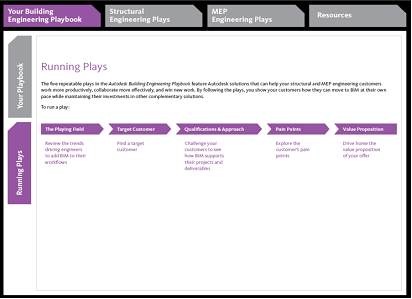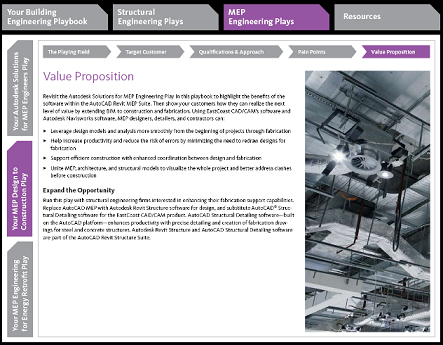Like cars and movie stars, different types of marcom assets fall into and out of fashion. Really long white papers? They’re so Hummer. Customer case studies? A perennial favorite, like Harrison Ford. Sales playbooks? Very hot at the moment.
Why? In a tough economy, it’s only natural that smart marketers are placing more emphasis on field and channel marketing with sales playbooks. Just as a coach would outline strategic plays for a sports team, sales playbooks give the field recommended options (plays) for selling your company’s products and services. But to be effective, sales playbooks need to capture the attention of a busy sales force. And let’s face it—sales veterans can be a tough audience. The solution is simple: Make sure your sales playbook gets even the most jaded sales pro excited at first glance. Many of our clients are doing just that by creating and writing sales playbooks that combine highly targeted information with an intuitive, interactive interface.
While playbooks are internal documents, one of our clients has generously agreed to let us share a few (intentionally slightly fuzzy) images that help illustrate one approach to developing a successful playbook.

One of the most striking aspects of this playbook is its format: interactive PDF—or iPDF. iPDF playbooks use tabs and links to make them as easy to navigate as a website. Any individual page is never more than two clicks away. Contrast that with the unwieldy paper binders that are more typical of sales playbooks, and you can easily see why sales people like this more interactive approach. Marketers love iPDF playbooks because they deliver as much impact as a print piece, but are much easier and less expensive to distribute. Let’s look more closely at the plays.

Each play in the iPDF playbook helps sales people target likely customers, zero in on the customers’ challenges, and refine a message to suit the customers’ needs. The plays consist of several well-defined components, each with its own page. Similar to an effective web page, the copy is concise and easily scanned. The appealing navigation draws sales people into the playbook—and then the content wins them over. After spending just a few minutes with the playbook, sales people see that by following the plays they can save time as they win more sales.
So as you develop your sales playbook, consider more than just what you want to convey—focus on keeping it concise and presenting the message in a novel, highly engaging format. Your effort will go a long way toward engaging your sales force to carry the message to potential customers.


